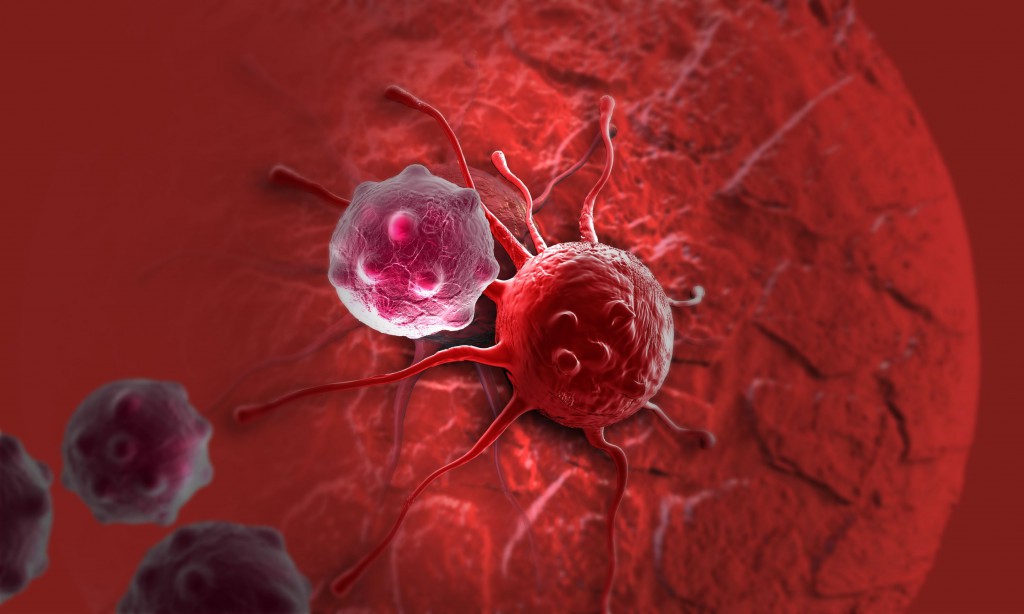
“The cancer has spread.” are perhaps some of the most frightening words for anyone touched by cancer. It means that cancer cells have migrated away from the primary tumor, invaded health tissues and firmed secondary tumors. Called metastasis, this event is the deadliest feature of any type of cancer (1). The cellular mechanisms that play a role in metastasis could serve as powerful therapeutic targets. Unfortunately, understanding of these mechanisms is limited. However, some studies have suggested a link between the dysregulation of microtubule motors and cancer progression. A new study by a team from Penn State has revealed that the motor protein dynein plays a pivotal role in the movement of metastatic breast cancer cells through two model systems simulating soft tissues (1).
What is Dynein?
Dynein, a cytoskeletal motor protein, generates force and movement along microtubules and participates in various cellular processes. In eukaryotes, axonemal dynein drives the rhythmic movement of cilia and flagella, while cytoplasmic dynein, present in all animal cells, helps position organelles and transport cellular cargo. Additionally, dynein plays a pivotal role in moving chromosomes and positioning mitotic spindles during mitosis. Dynein proteins attach themselves to cellular microtubules using one of their two stalks. They then move along these microtubules like a train on tracks using retrograde transport—meaning they are drawn to the negative end of microtubules. Dynein alsos exert tension and generate movement within the cellular structure by tethering itself and then pulling the negative end of a microtubule closer versus moving towards that end. In this manner dynein can manipulate a cells inner skeleton to facilitate cell movement.
Watching Cancer Move in a 2D
To observe breast cancer cells movements, the research team used live microscopy to view cancer cells within a two-dimensional (2D) model system made up of a web of collagen fibers. This 2D collagen model mimics the fibrous extra cellular matrix found around tumors, which is often used by cancer cells to exit primary tumors. This system allowed them to understand how cells navigate the extracellular matrix around tumors, highlighting dynein’s crucial role in propelling cancer migration along the collagen fibers (1).
Creating a 3D Model
Recognizing that cancer doesn’t exist in a 2D world, the team collaborated with colleagues in the engineering college to develop a three-dimensional (3D) model that simulates a tumor’s environment in living tissue. The model system uses microgel particles to create hydrogel scaffolds that form tissue-like structures. The clear nature of the hydrogel meant they could observe the cells as they moved through the ‘tissue’. Targeting dynein with a selective dynein inhibitor, they found that they could effectively paralyze the cancer cells (1). These results suggest that inhibiting dynein, and thus blocking the mechanism that cancer cells use to moving through tissues, could prevent cancer from infiltrating solid tissues.
Exploring New Therapeutic Targets
Identifying the role of dynein in cancer movement marks a starting point for exploring potential therapeutic targets. Much more work needs to be done, and it is important to note that dynein proteins play a pivotal role in maintaining cellular health and cell division. Studies like this help us to gain valuable insight into the mechanisms of cancer metastasis, enhancing our understanding of cancer’s spread and aiding in the identification of therapeutic targets to mitigate this disease’s devastating impacts.
Reference
- Tagay, Y. et. al. (2023) Adv. Sci. 10, e232229.
Kelly Grooms
Latest posts by Kelly Grooms (see all)
- Discovery of Protein Involved in TDP-43 Cytoplasmic Re-Localization Points to Potential Gene Therapy for ALS and FTD - April 2, 2024
- Dynein Motor Proteins Could Be the Moving Power Behind Cancer Metastasis - February 16, 2024
- Cyanobacteria Identified as Cause of Elephant Mass Mortality Event - January 11, 2024
